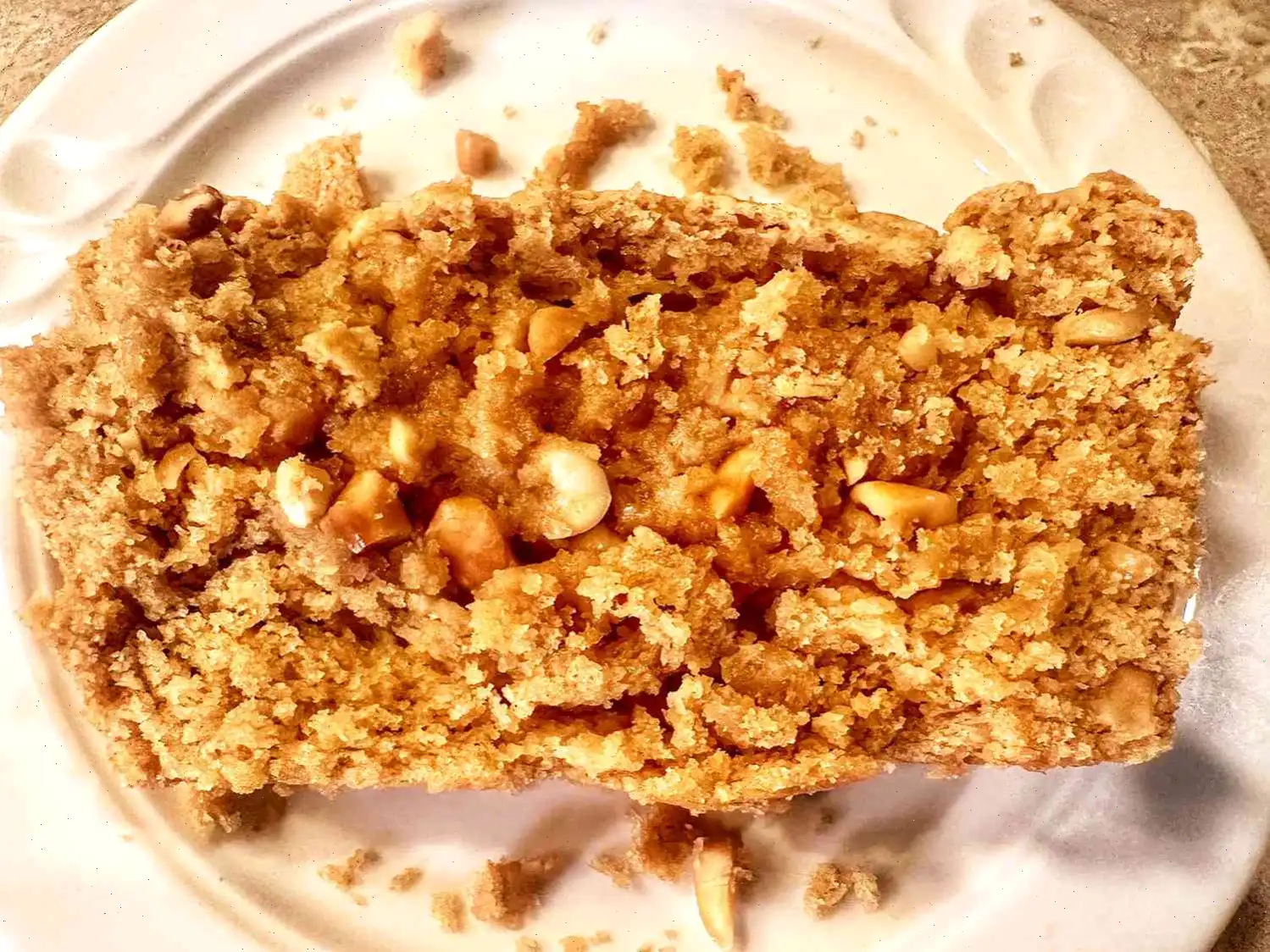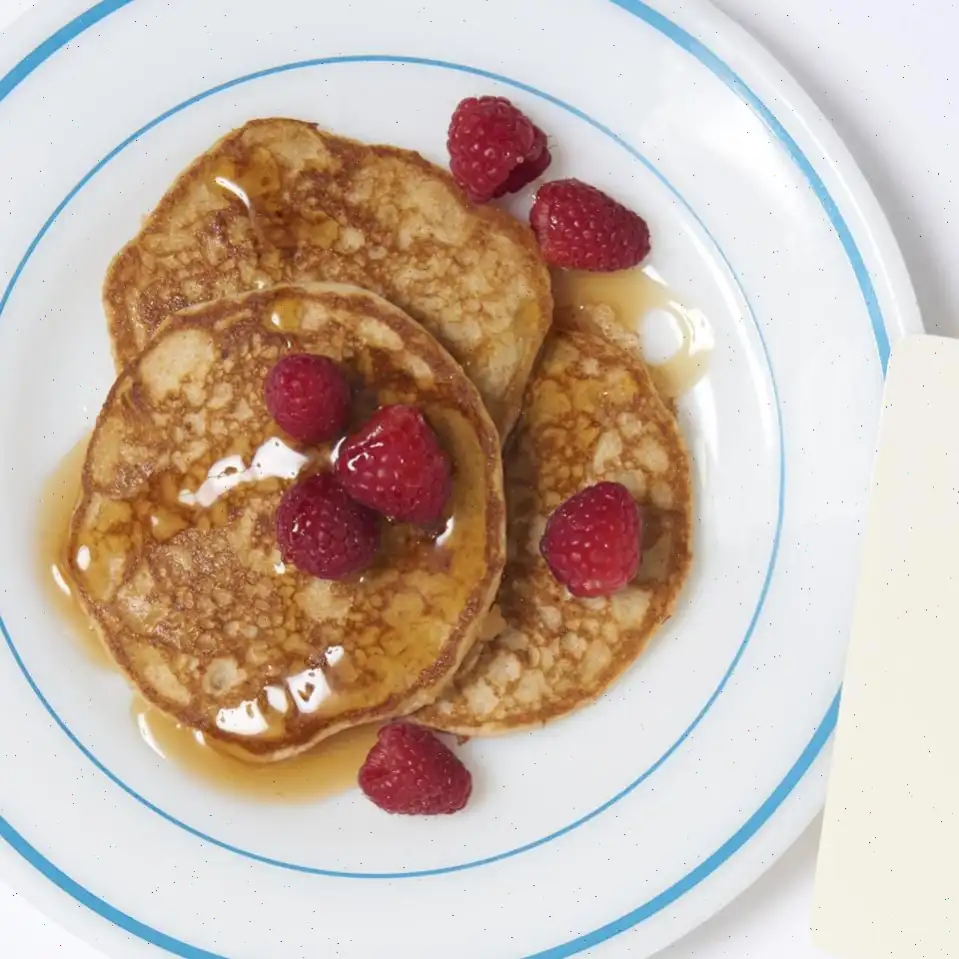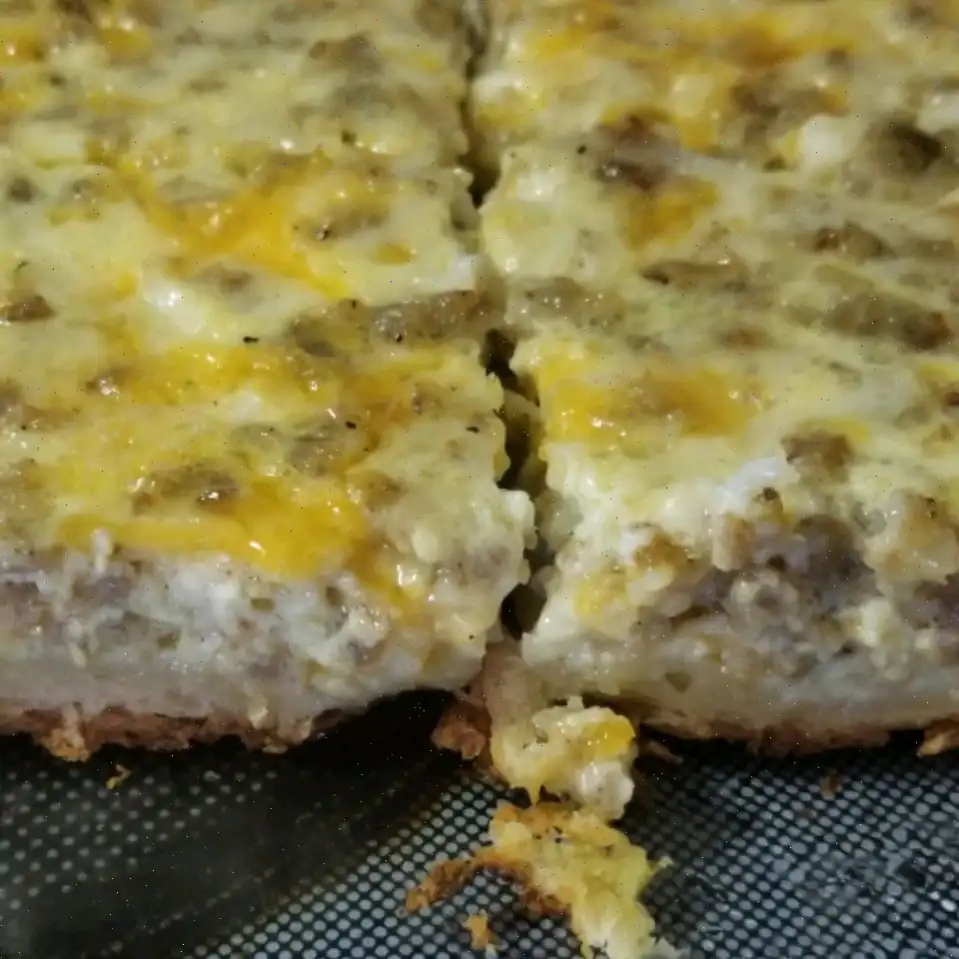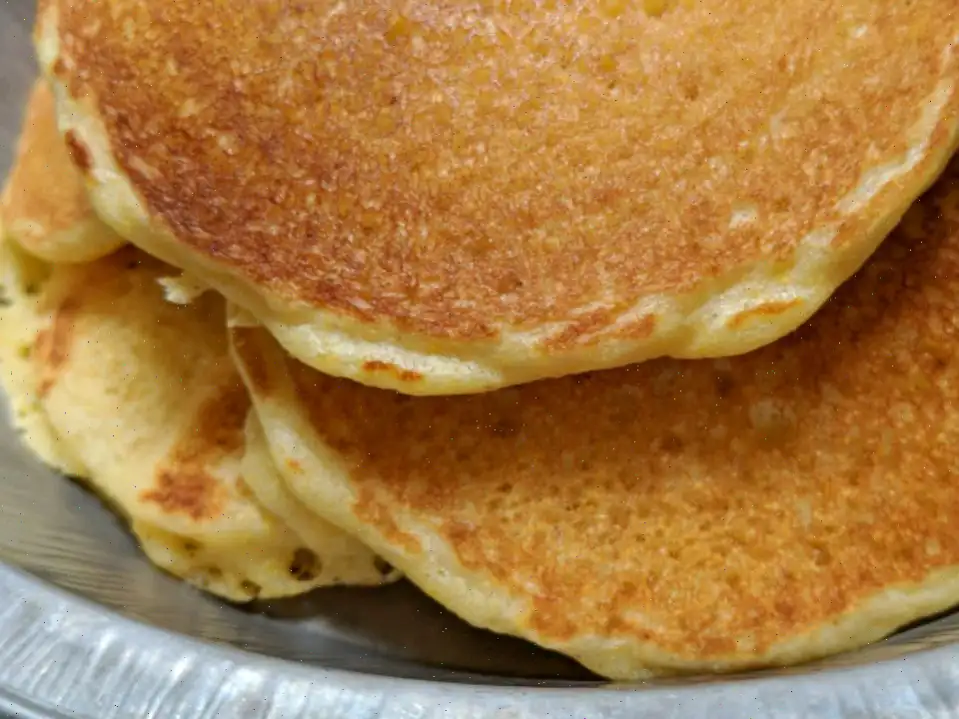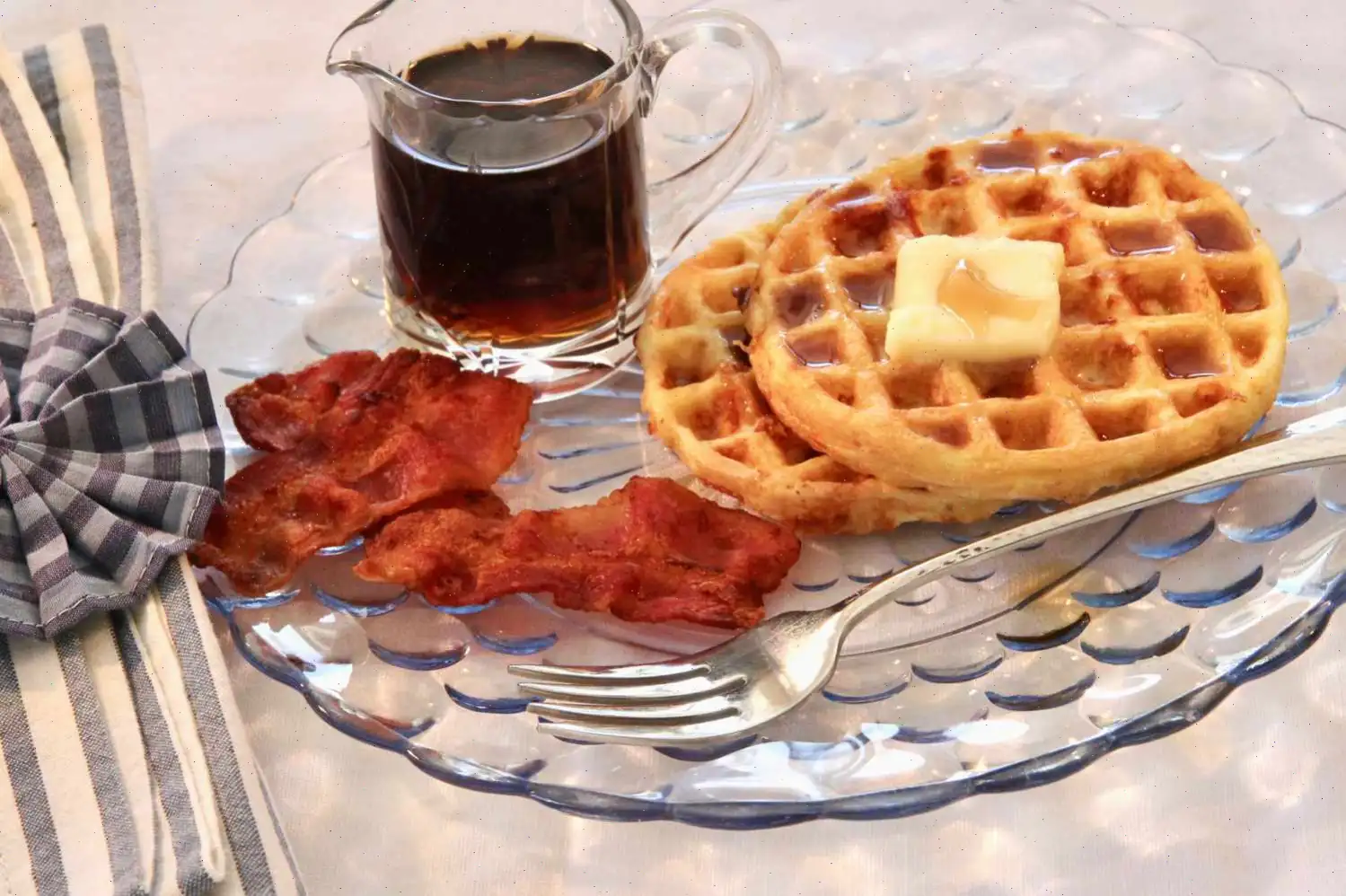
Depression Era Peanut Butter Bread Recipe
Ingredients
- Nonstick cooking spray
- 2 cups all-purpose flour
- 2 tablespoons powdered peanut butter (optional, such as PB2)
- 4 teaspoons baking powder
- 1/2 teaspoon salt
- 1 1/4 cups peanut butter
- 1 1/4 cups whole milk
- 3/4 cup brown sugar
- 3/4 cup chopped peanuts (optional)
Directions
- Preheat the oven to 350F (175C). Spray a 9x5-inch loaf pan with nonstick cooking spray. Set it aside.
- In a bowl, combine the flour, powdered peanut butter, baking powder, and salt. Set the mixture aside.
- In another bowl, mix the peanut butter, milk, and brown sugar using an electric mixer until everything is fully combined.
- Slowly add the dry flour mixture to the wet ingredients. Mix on low speed until the flour is just incorporated. Stir in the chopped peanuts if using.
- Scoop the batter into the prepared loaf pan. Smooth the top with a spatula.
- Bake in the preheated oven for 45 to 55 minutes, or until a toothpick inserted near the center comes out clean.
- Allow the loaf to cool in the pan on a wire rack for 10 minutes. Then, remove the loaf from the pan and cool completely on the wire rack.
Nutrition Facts (per serving)
- Calories: 294
- Fat: 14g (18% Daily Value)
- Saturated Fat: 3g (15% Daily Value)
- Cholesterol: 3mg (1% Daily Value)
- Sodium: 393mg (17% Daily Value)
- Total Carbohydrate: 35g (13% Daily Value)
- Dietary Fiber: 2g (7% Daily Value)
- Total Sugars: 14g
- Protein: 9g (18% Daily Value)
- Calcium: 146mg (11% Daily Value)
- Iron: 2mg (10% Daily Value)
- Potassium: 230mg (5% Daily Value)
The Story Behind Depression Era Peanut Butter Bread
Depression Era Peanut Butter Bread has its roots in the United States during the Great Depression of the 1930s, a time when families faced severe economic hardship and ingredients like eggs, butter, and oil were expensive or hard to find. Resourceful home cooks created this simple, hearty bread using pantry staples such as peanut butter, flour, and milk. Its development reflects a period of ingenuity, where making satisfying meals from limited resources was essential for survival. The bread offered both nourishment and a touch of sweetness at a time when luxury was scarce.
Regional Characteristics
Although peanut butter is popular across the United States, this bread has stronger ties to the American South and Midwest, where peanuts were widely grown and affordable. In these regions, the bread often incorporated chopped peanuts for texture, or sometimes a sprinkle of brown sugar on top for extra flavor. Local variations might include substituting powdered peanut butter for a lighter version or adjusting the milk content depending on availability. These regional tweaks highlight how Depression Era recipes adapted to local produce and household supplies.
How It Differs from Similar Breads
Unlike traditional sweet quick breads like banana or zucchini bread, Depression Era Peanut Butter Bread is modestly sweet, focusing more on protein and substance than sugar. Its primary distinguishing ingredient is peanut butter, which imparts a rich, nutty flavor and creamy texture, setting it apart from other pantry breads. Many modern peanut butter breads are richer and may include eggs or butter, whereas the Depression Era version was intentionally egg-free and low-fat to accommodate scarcity. This gives it a dense yet moist crumb that is uniquely satisfying.
Typical Occasions for Serving
This bread was traditionally served as a breakfast staple or afternoon snack, often sliced and spread with a little more peanut butter, jelly, or a thin layer of honey. In homes during the 1930s, it could also accompany soups or stews as a filling side dish. Today, it is enjoyed similarlyas a snack, a quick breakfast, or even as part of a nostalgic-themed meal, evoking the resourcefulness of Depression-era cooking.
Interesting Facts
- Peanut butter became a popular protein alternative during the Great Depression because meat was expensive and scarce.
- This breads recipe demonstrates how ingenuity and simplicity can create lasting culinary traditions that survive economic hardships.
- The original recipe often used powdered peanut butter, which reduced fat content while keeping the nutty flavoran early example of ingredient adaptation for rationing.
- Despite its humble origins, Depression Era Peanut Butter Bread has seen a resurgence among home bakers who enjoy vintage recipes and simple, flavorful breads.
- Its dense texture and modest sweetness make it a favorite for those seeking comfort food without overindulgence in sugar or fat.


